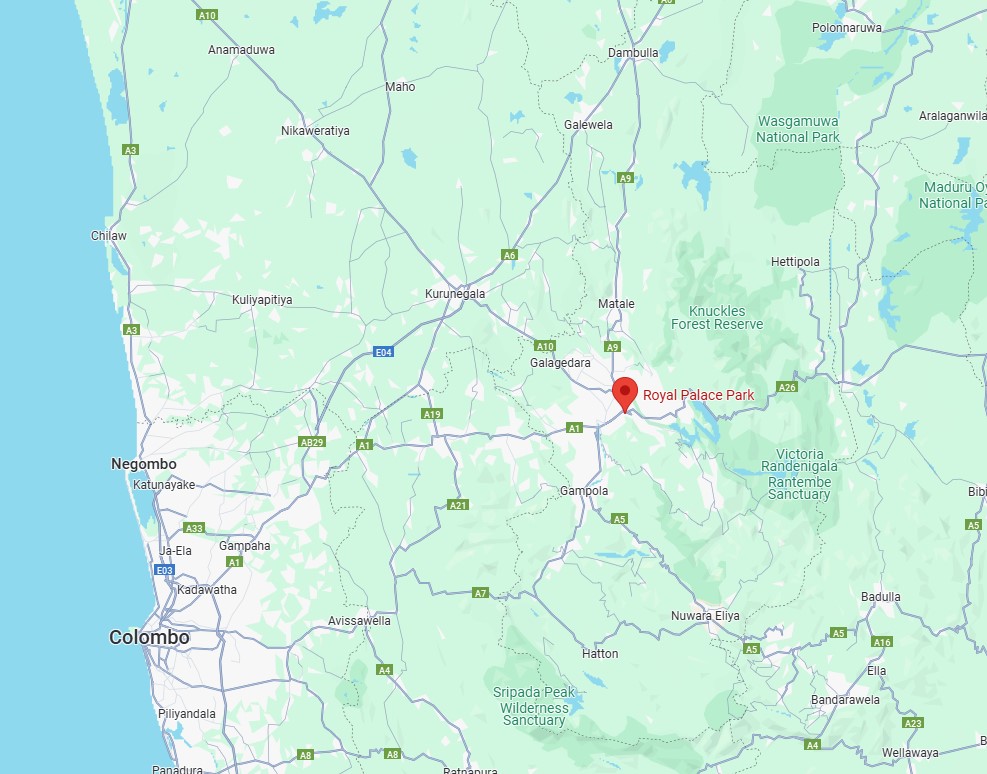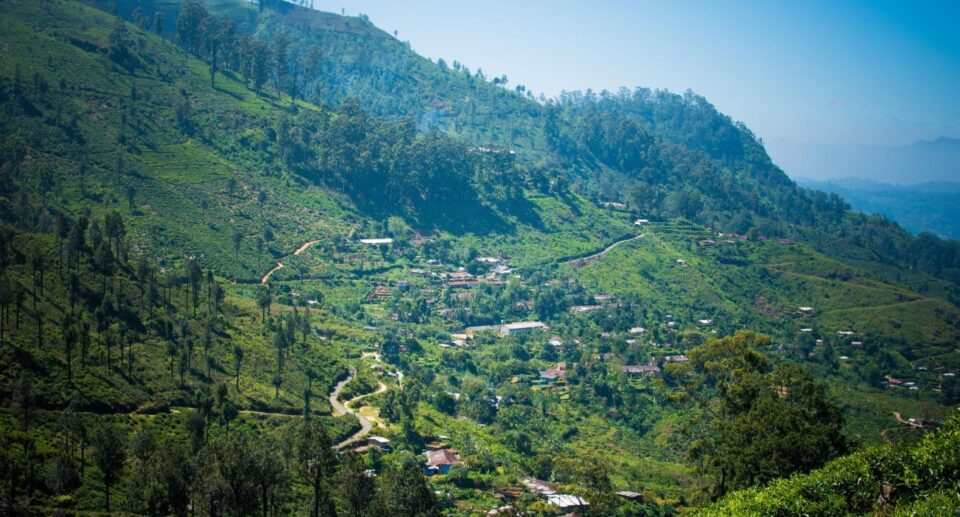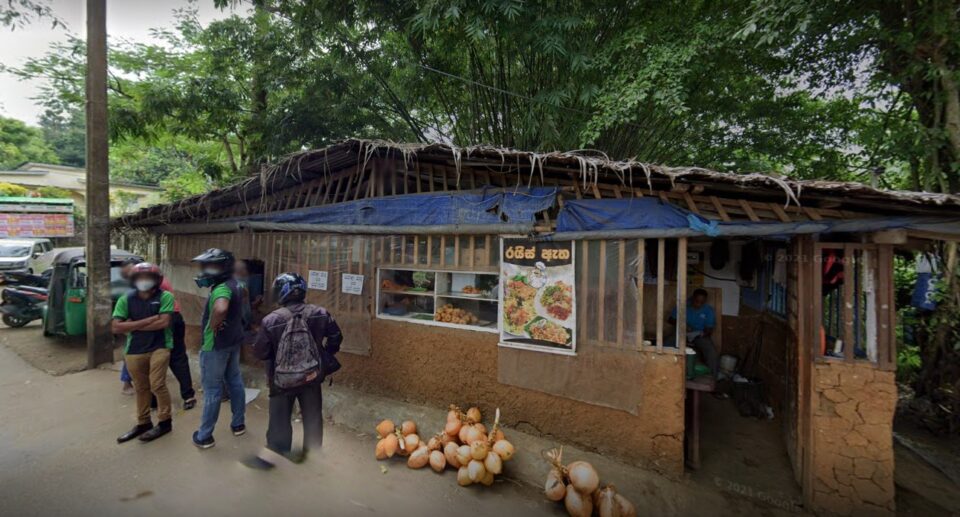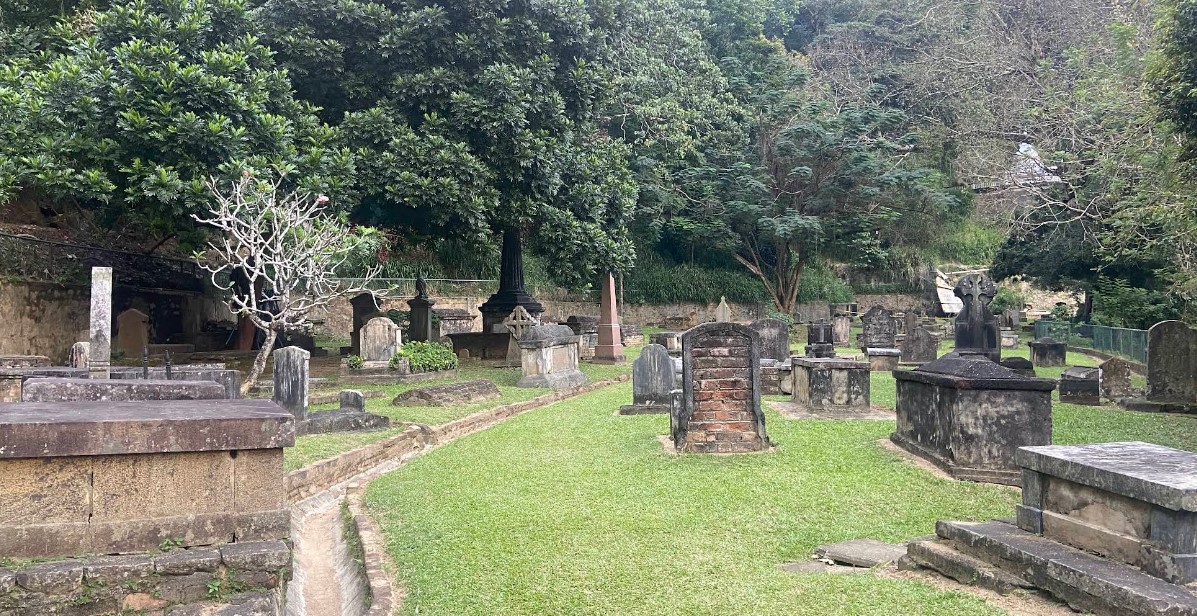Royal Palace Park (Wales Park), Kandy: A Tranquil Oasis in Sri Lanka’s Historic Heart
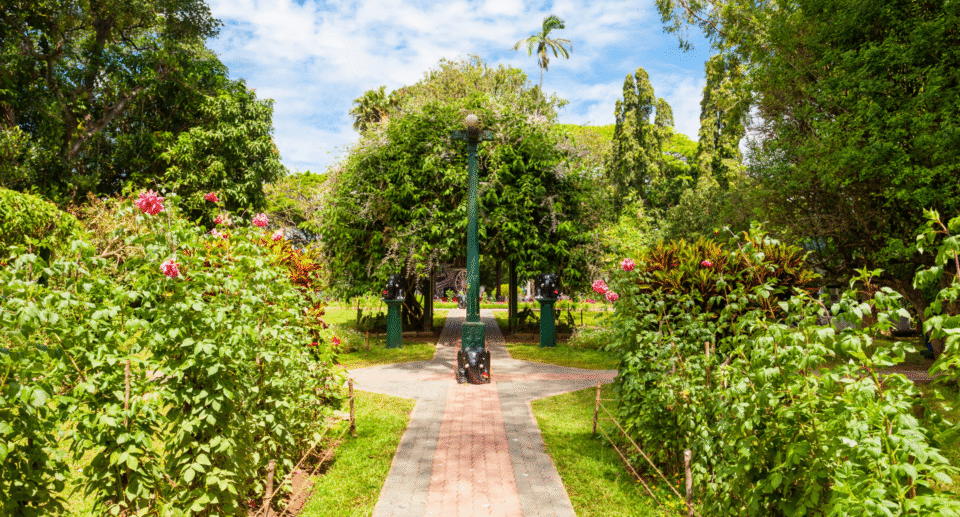
Kandy, the historically rich and nature-abundant city, is among Sri Lanka’s most popular cultural and historical hubs. Among the many landmarks scattered across this historical city, Wales Park is a peaceful green sanctuary that embodies the natural charm as well as the rich cultural legacy of Sri Lanka. Located at a height across from the legendary Kandy Lake, Wales Park is not only a peaceful retreat for visitors but also a site of great historical importance with the blend of colonial influences and Sri Lankan traditional charm.
In this essay, we will examine the history, significance, features, and relevance of Wales Park in Kandy, and why it remains an integral part of the city’s landscape, culture, and tourist attractions.
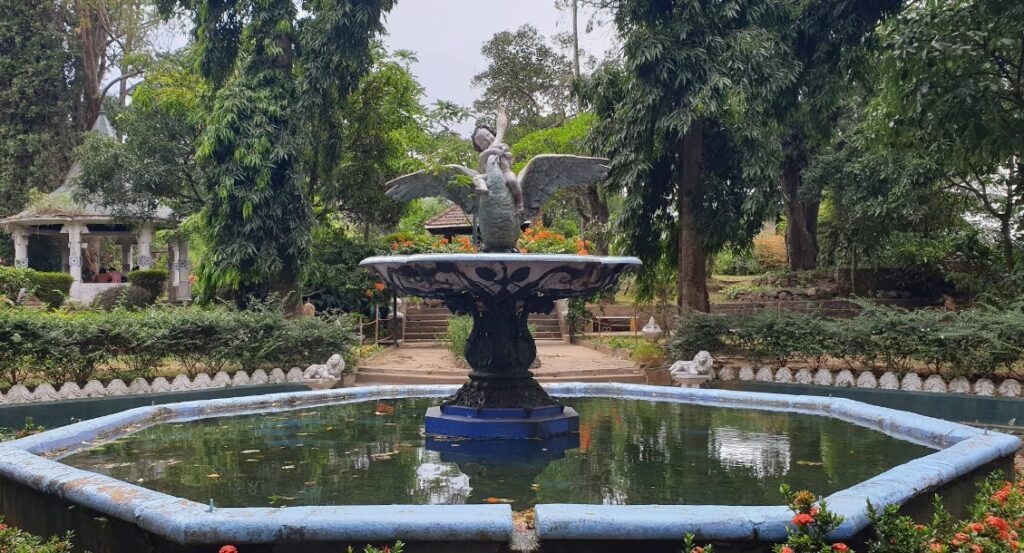
A Brief History of Wales Park
The history of Wales Park dates back to the colonial era, a period which had a crucial influence on much of Sri Lanka’s architectural and cultural landscapes. The park is located atop Castle Hill, an important historical site in the history of Sri Lanka. There is believed to be a palace of Konappu Bandara, who went on to be King Vimaladharmasuriya I of Kandy. The spot becomes historically significant because of its strategic location and also because it relates to early royal heritage of Sri Lanka.
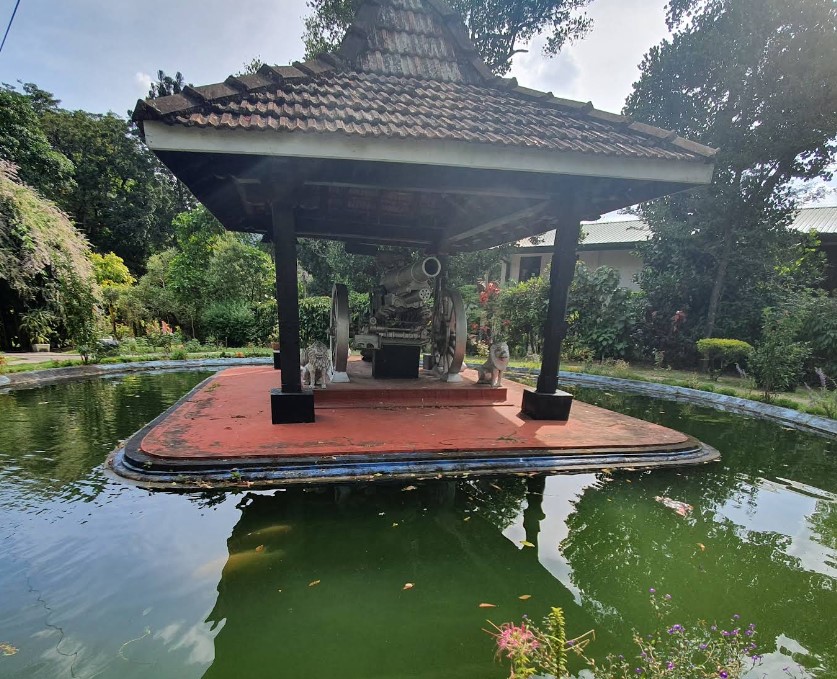
During the period of British colonization, following the annexation of the Kingdom of Kandy in 1815, the area was transformed into a site for the British colonial state. In the early 19th century, the surrounding area of Castle Hill was abandoned, but by the initiative of British officials, the area was turned into a recreational park. Initially, the park was dedicated to the Prince of Wales symbolizing the colonial forces prevailing at the time.
It was not until 1905 that the park, as it stands today, was opened to the public following extensive restoration work done under the supervision of the Government Agent of Central Province, Herbert Wace. Wace’s restoration of the site enabled it to regain its status, and it became a public area where locals and tourists alike could visit to relax and take in the scenic beauty of Kandy.
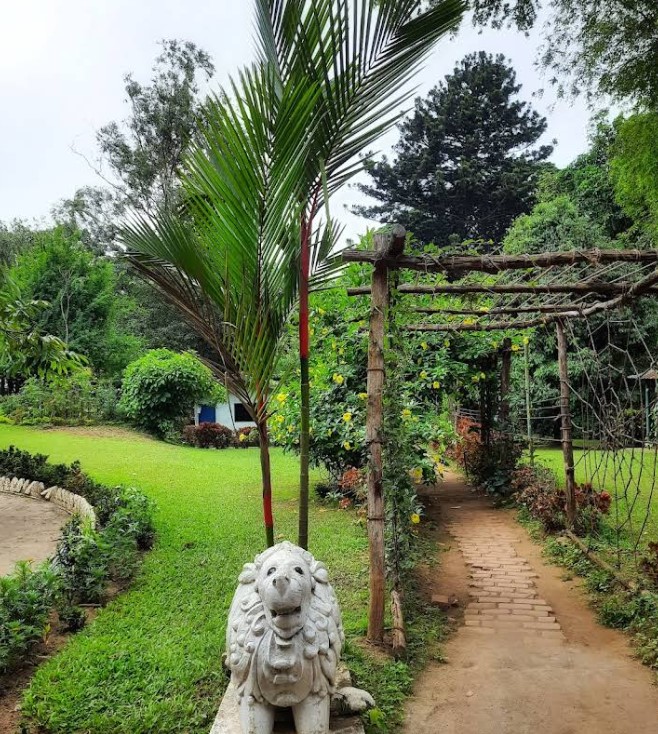
Architectural and Cultural Significance
Wales Park is a good example of colonial landscaping, where British presence can be seen not only in its design but also in its continued use as a public park. The design of the park, with its meticulously maintained lawns, walkways, and rows of trees, bears the hallmark of colonial planning, giving an air of order and symmetry that was characteristic of British-era parks. Tourists can walk on wide pathways lined with ornamental trees, a relief from the commercialized urban life below. This blending of colonial architecture with Sri Lankan flair creates a fascinating contrast that beckons tourists to visit the park from all over the world.
The architecture of the park takes on a new meaning in terms of history because it is situated on Castle Hill. Previously, the hill was the site of the royal palace of Kandy during the reign of King Vimaladharmasuriya I, who shifted the capital of the kingdom to Kandy around the latter half of the 16th century. The park therefore has traces of the past, and it makes it a significant place for individuals who are concerned about the monarchy history of Sri Lanka.
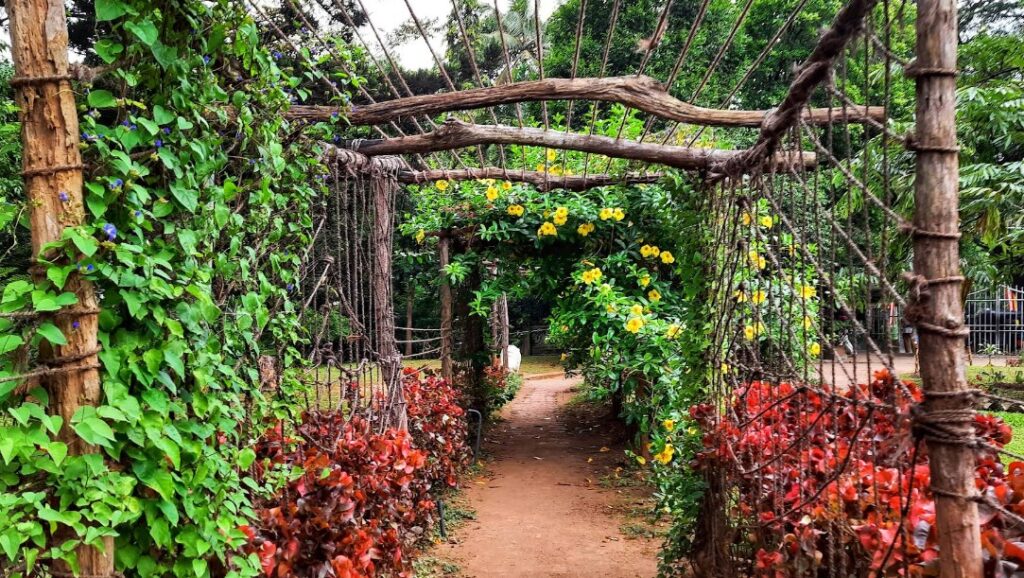
Features and Attractions of Wales Park
One of the key aspects that make Wales Park an attractive destination for both tourists and locals is the array of features and attractions it offers. Whether you’re a history enthusiast, nature lover, or someone seeking peace and relaxation, Wales Park provides a unique blend of all these elements.
- Panoramic Views
Wales Park is placed strategically on top of a hill and provides some of the most stunning panoramic views of Kandy. It is possible for tourists to view the entire city, the nearby mountains, and the peaceful Kandy Lake that lies at the base of the hill from the park. The observation of the lake and its areas is especially breathtaking as the sun sets, offering a peaceful respite from the central city. These lofty heights render Wales Park one of the best locations in Kandy, allowing visitors to take in the natural beauty of the area in a way which few other locations can match. - The Japanese Field Gun
Wales Park boasts one of its most unique aspects in the fact that it contains the Japanese Field Gun, a relic of considerable historical significance. This gun was captured during World War II by the British from the Japanese in Burma and was later presented to the Kandyans by the last British Viceroy of India, Lord Mountbatten, as a symbol of friendship and peace. The field gun is housed in a small pavilion in the park, which provides visitors with a glimpse of the region’s connection to world history. For history lovers, this is one of the most interesting features in Wales Park.
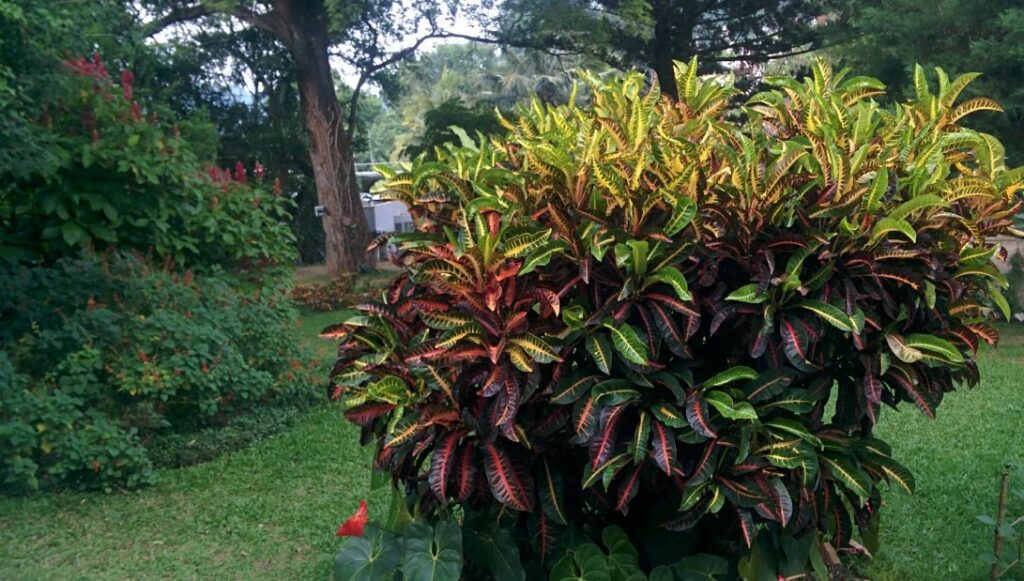
- Japanese Peace Pagoda
On Wales Park’s summit, there is also a Japanese Peace Pagoda, which has been constructed as a symbol of peace and in honor of the amiable relations between Sri Lanka and Japan. The pagoda is a serene space where people can sit and bask in the tranquil atmosphere. The presence of the Japanese adds to the multicultural heritage of the park and enhances its beauty as a symbol of global peace and friendship. - Flora and Fauna
Wales Park is also well known for its rich flora and fauna. Several species of plants, both natural and ornamental, exist within the park and contribute to the park’s rich green cover. Green flowers, shrubs, and trees abound in the park, adding elegance and grace to the environment as well as rendering it a sanctuary for nature lovers. The well-cared-for gardens, with benches placed here and there for people to rest, provide a serene environment for anyone who wants to sit, read, or simply appreciate the nature. The surroundings of the park, being set amidst Kandy’s natural landscape, contribute to the experience as well, providing a serene ambiance in the midst of the busy city. - Cultural Significance
Wales Park is also culturally significant as a venue where the locals visit to watch events and celebrations. The park often serves as a venue for cultural and community activities, such as festivals, fairs, and celebrations. It is a popular spot where locals congregate to socialize and spend time together for family outings and recreational activities. For this reason, Wales Park is not just a historical site and tourist spot, but also a living element of the daily life of the community.
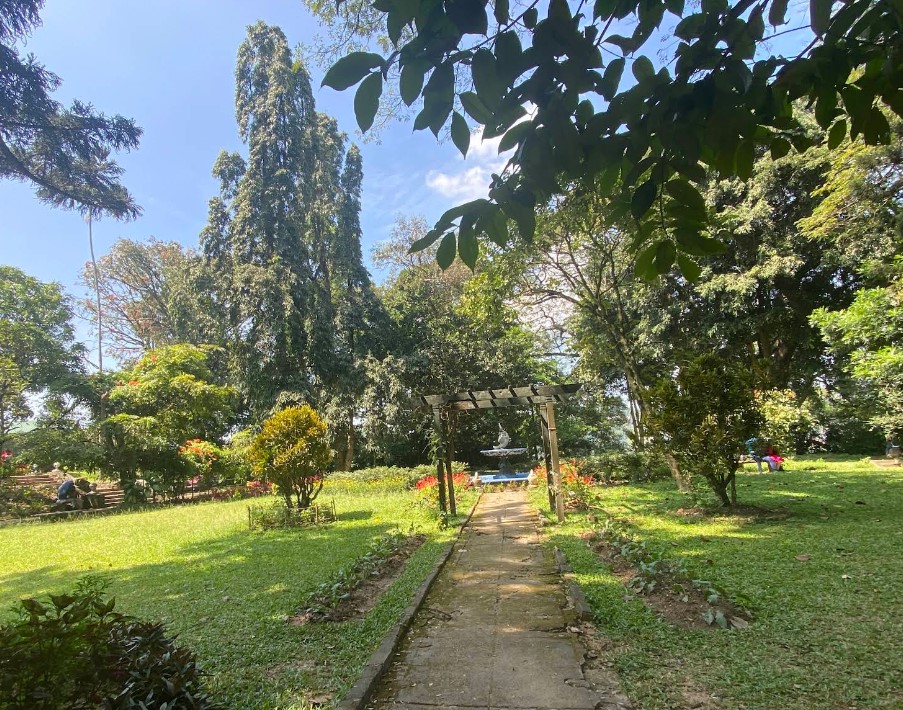
How to Reach Wales Park
Wales Park is easily reached in the center of Kandy, so everyone can reach it easily. It is just a walking distance from the famous Temple of the Tooth and Kandy Lake, both of which are the city’s most significant tourist destinations. The park is within walking distance from the city center, and it is possible to use a tuk-tuk or taxi to get to the place. Because of its location in the center, it is a perfect and preferred place for anyone visiting Kandy.
Wales Park is not just a park; it is a piece of history and culture that is characteristic of Kandy’s history, beauty, and essence. Its colonial-era design, historical artifacts like the Japanese Field Gun, and serene views make it a unique destination for tourists and locals alike. Whether you’re interested in the rich history of Sri Lanka, seeking a peaceful retreat, or simply looking for a beautiful location to enjoy nature, Wales Park offers a remarkable experience. Its aesthetic pull, complemented by the spectacular view and tranquil ambiance, gives Wales Park an absolute visit place status to everyone who’s taking a tour to Sri Lanka’s cultural capital.
Address: 7JRP+4W5, Rajapihilla Mawatha, Kandy 20000
Phone: 0812 922 312
Hours – 8AM – 5PM
Ticket Fee – 100LKR
Map of Royal Palace Park
